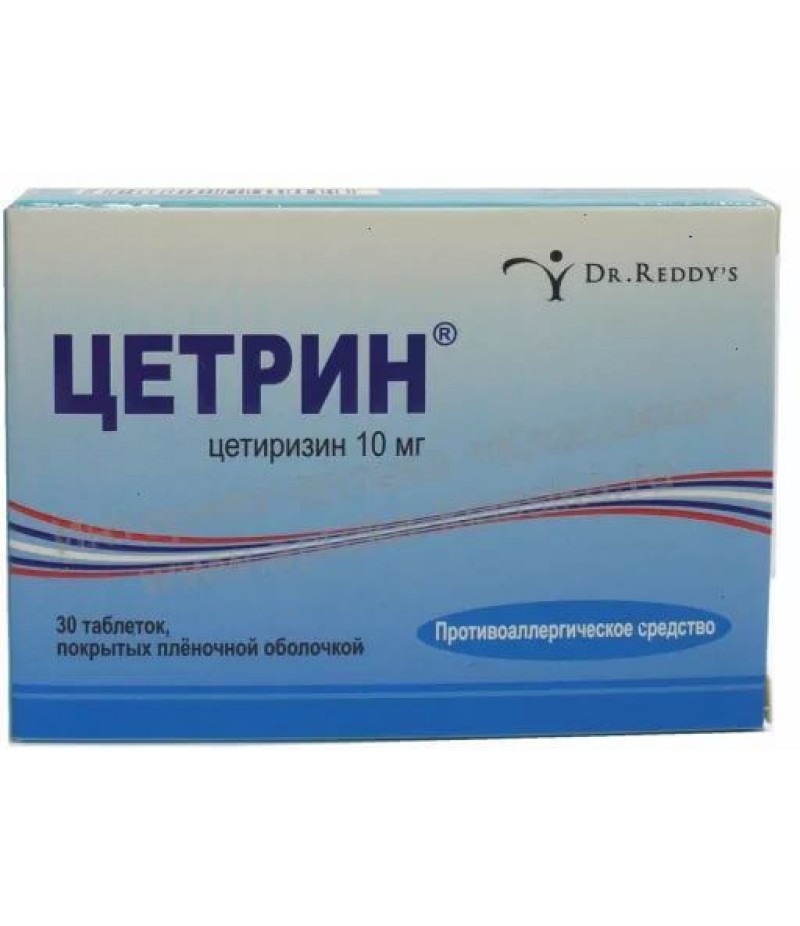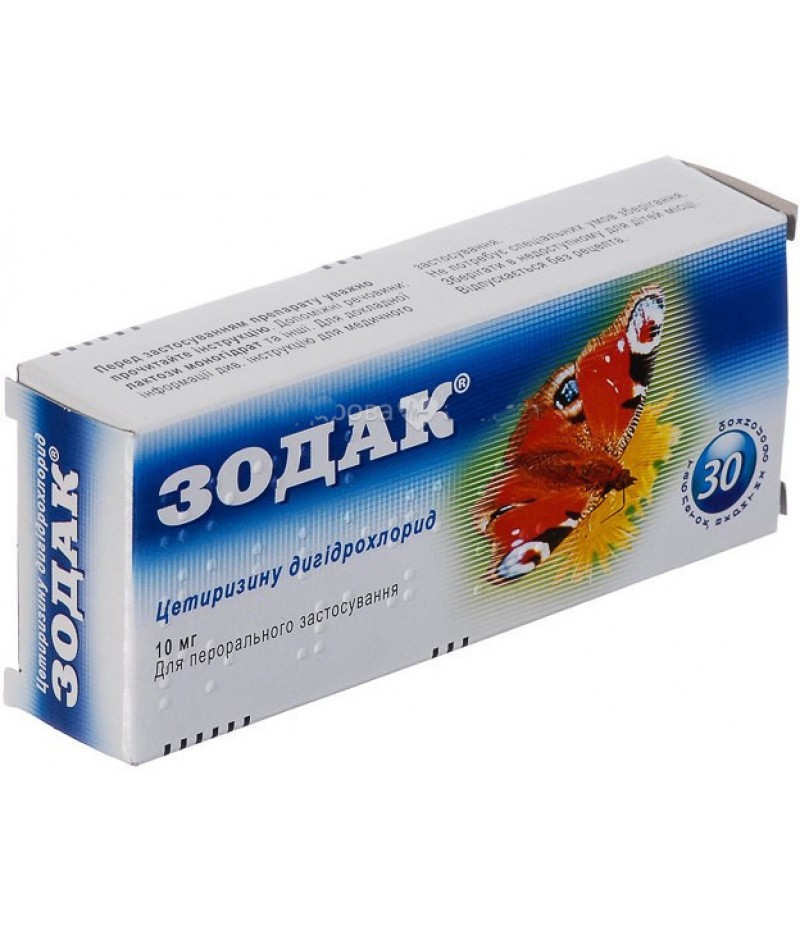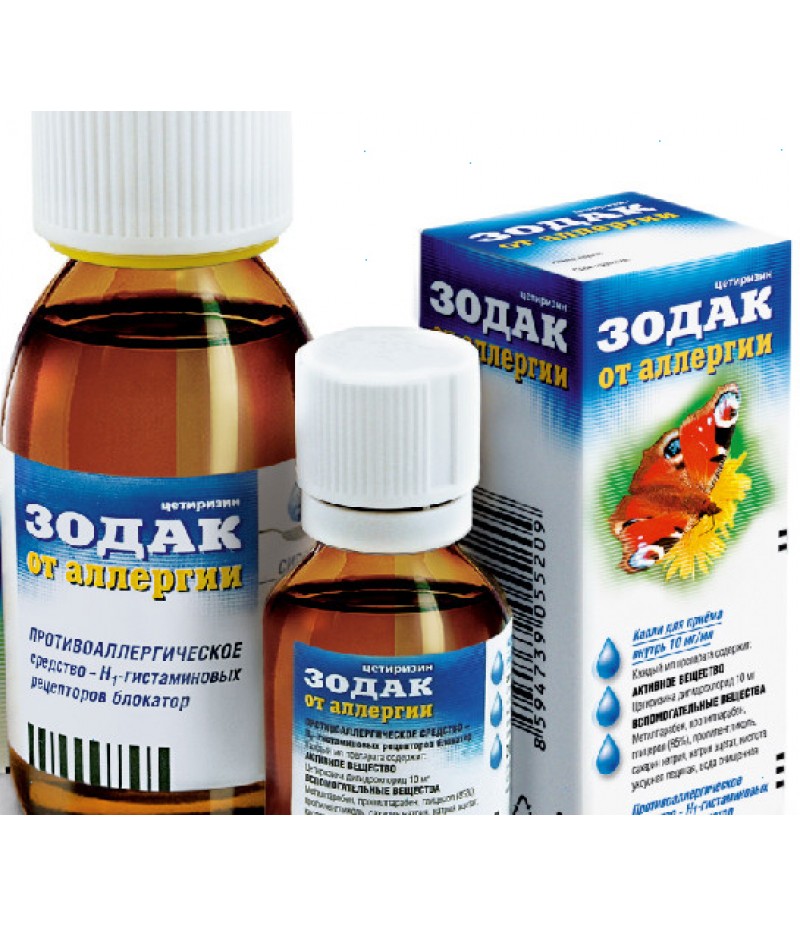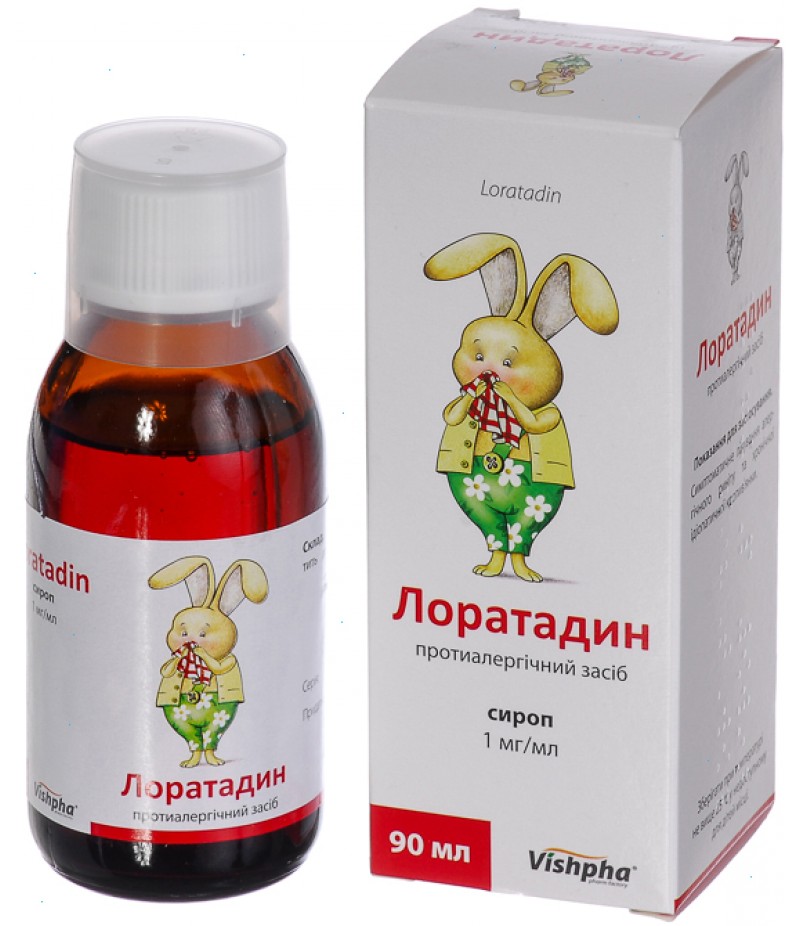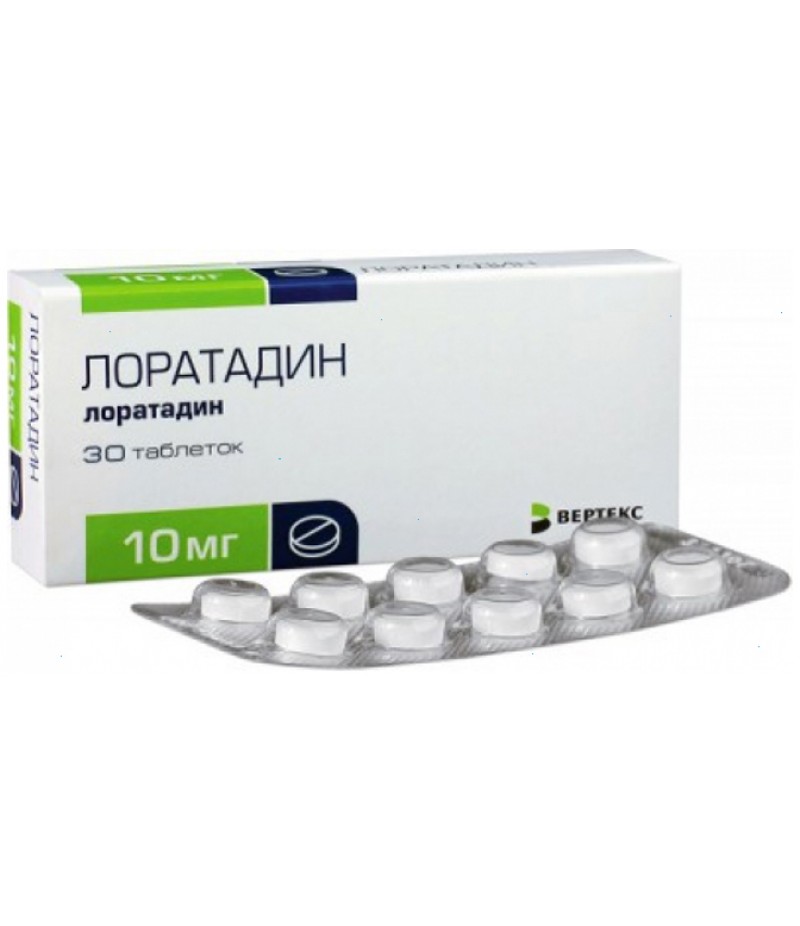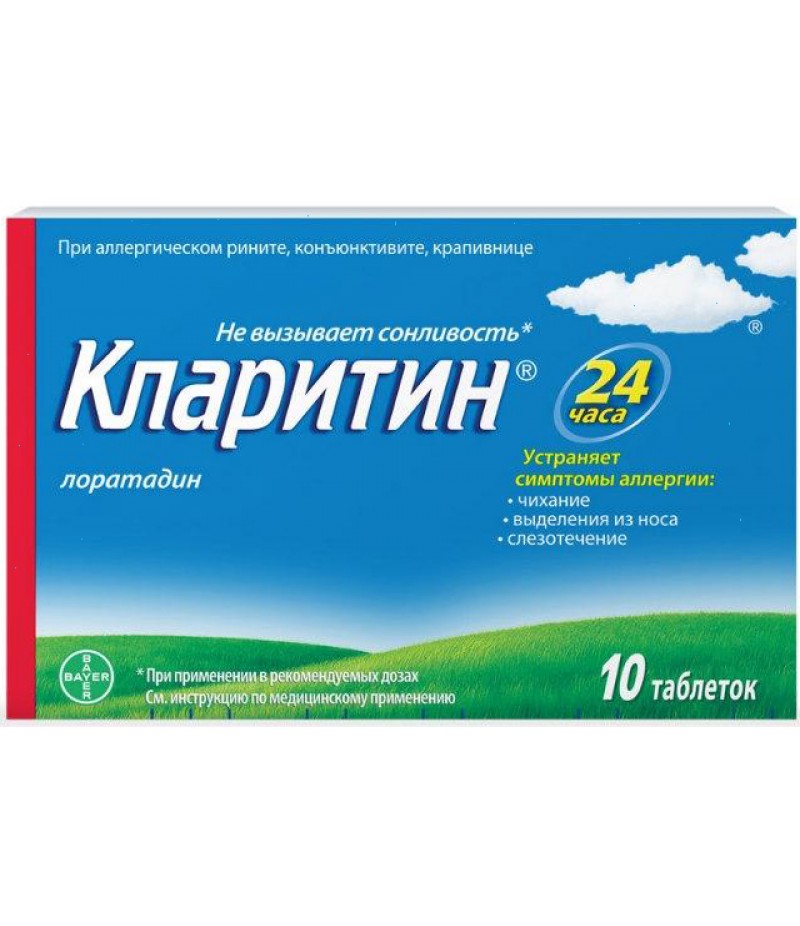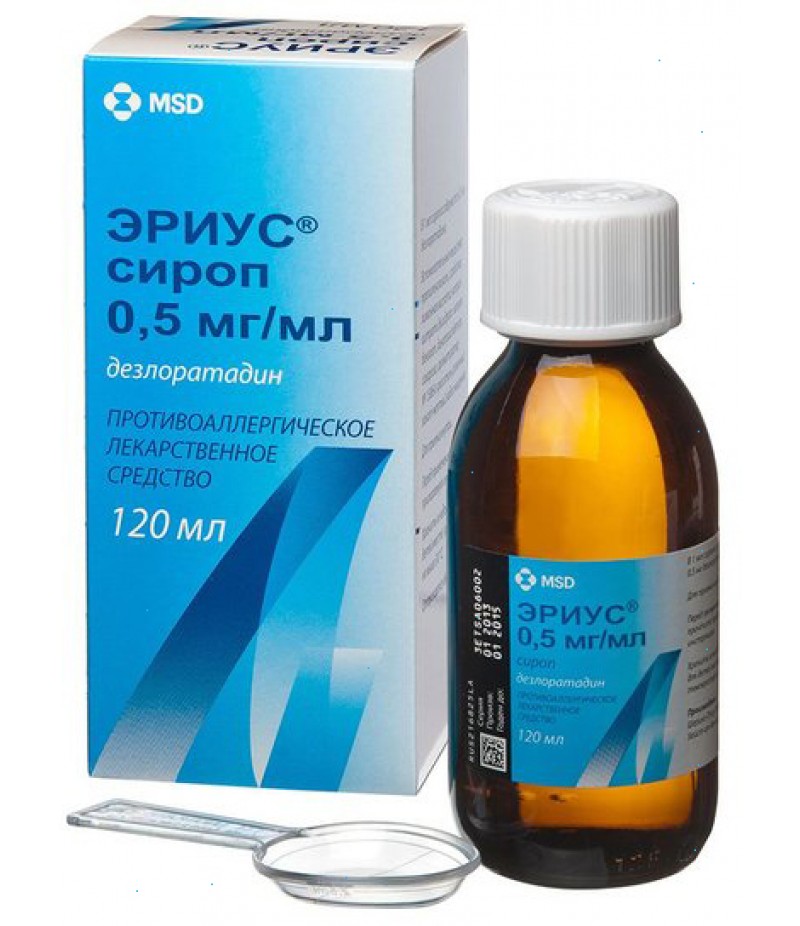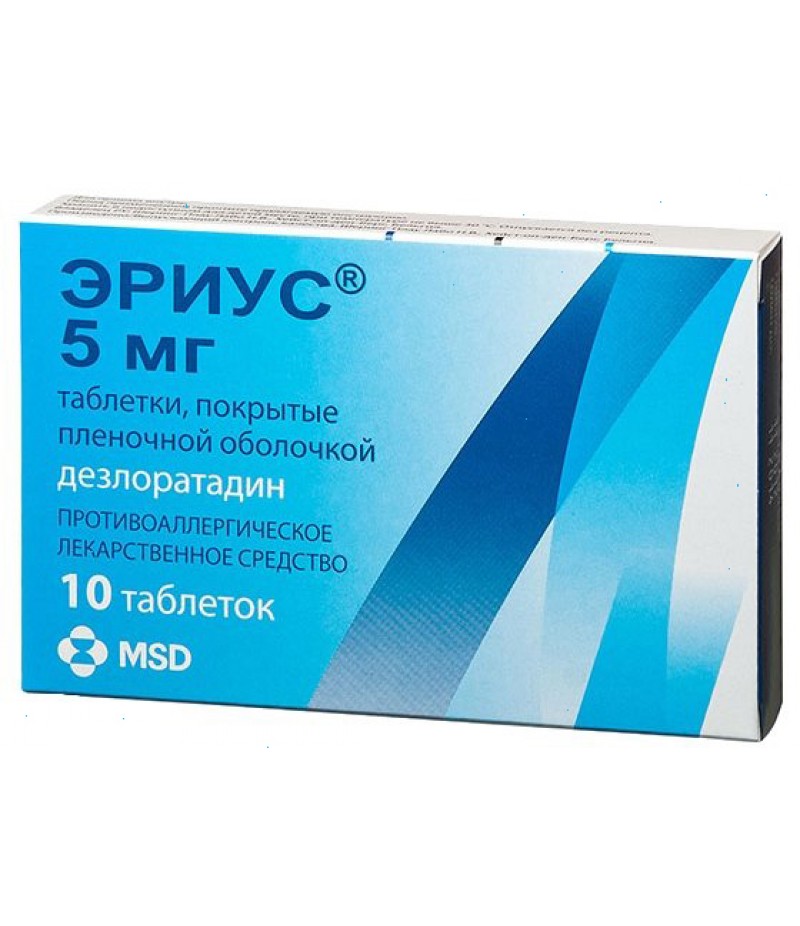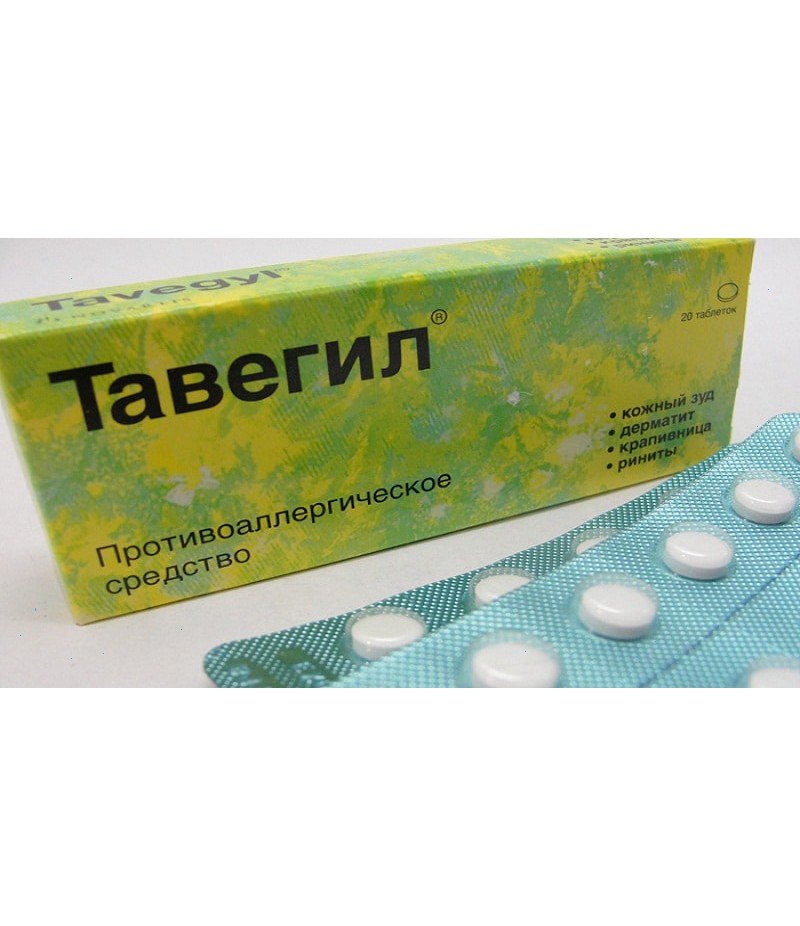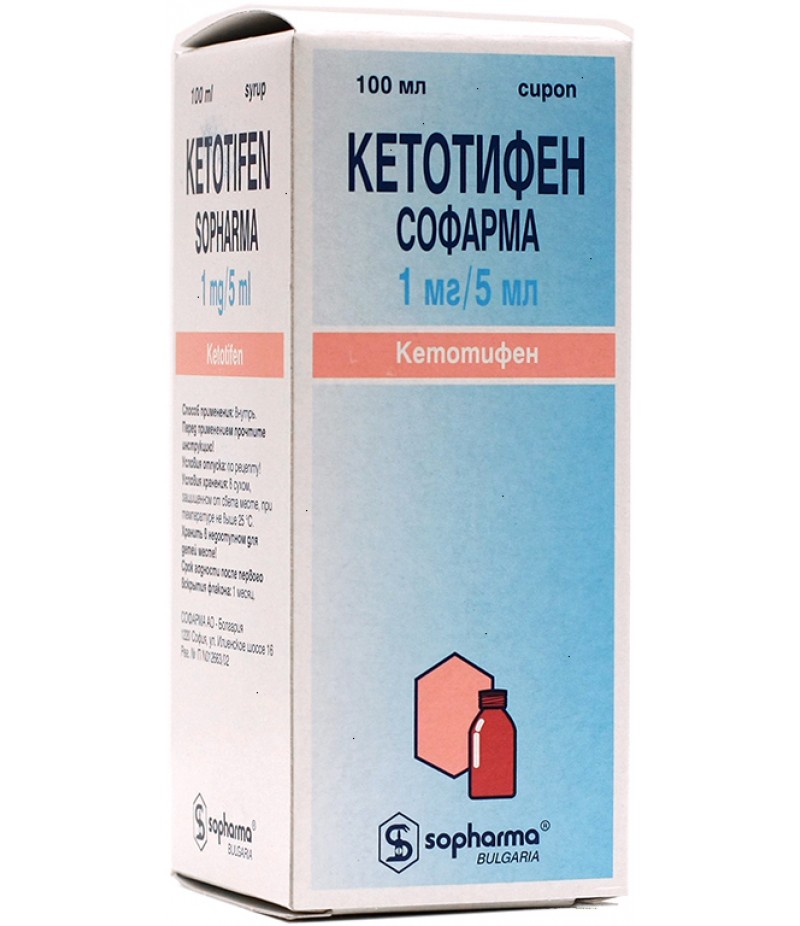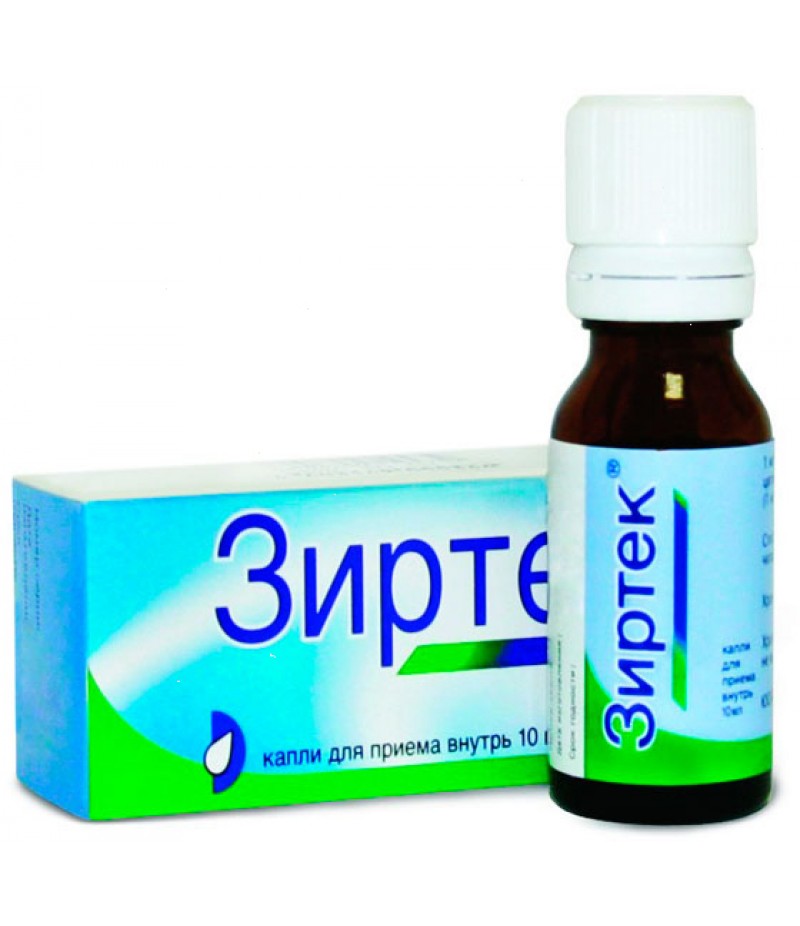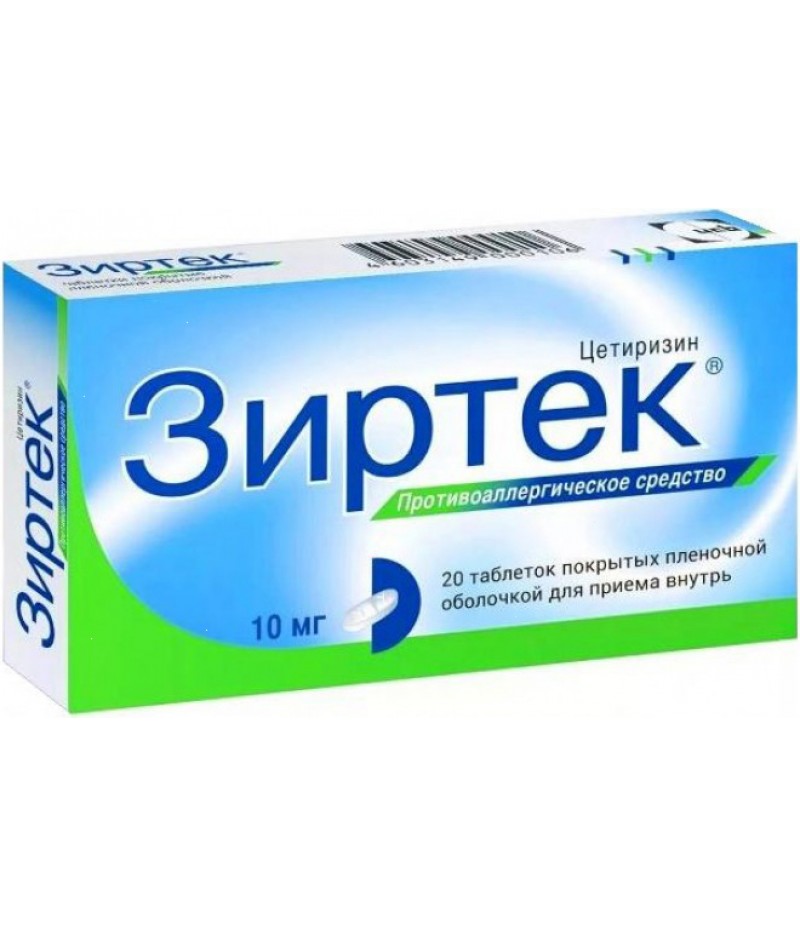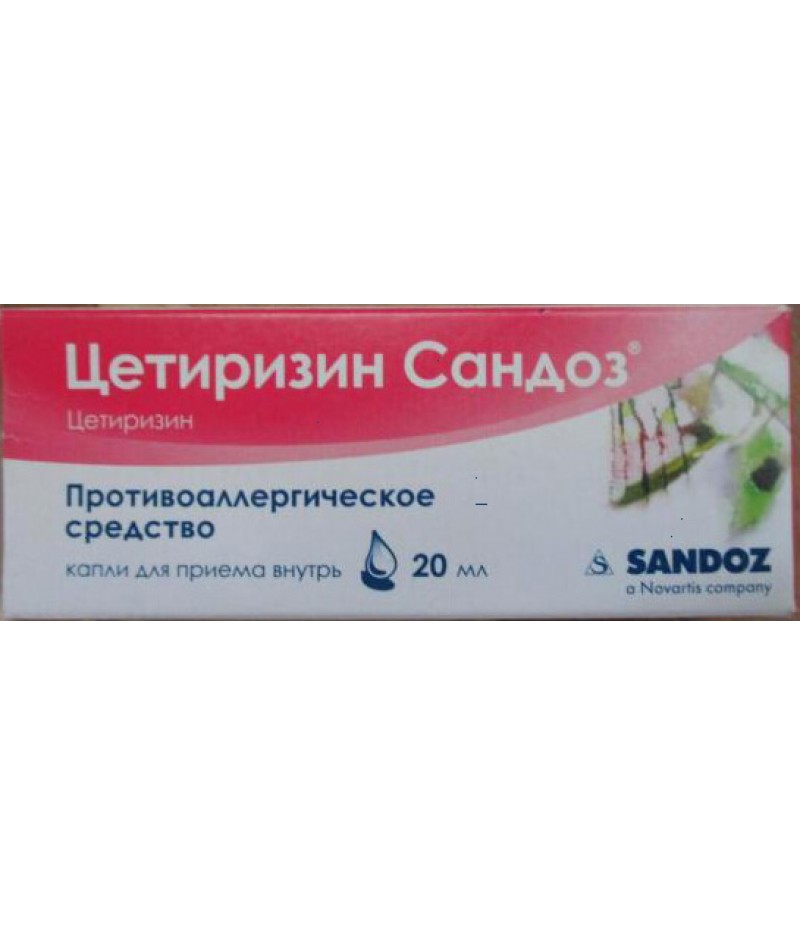Cetrine tabs 10mg #30
- $12.62
- 3 or more $12.39
- Availability:In Stock
Instruction for CetrineTo buy Cetrine tablets just add it to your shopping cartCompositionCetrine tablets contain 10 mg of cetirizine hydrochloride, as well as corn starch, lactose, povidone K30, magnesium stearate.The composition..
Tags: tabs
Instruction for Cetrine
To buy Cetrine tablets just add it to your shopping cart
Composition
Cetrine tablets contain 10 mg of cetirizine hydrochloride, as well as corn starch, lactose, povidone K30, magnesium stearate.
The composition of the tablet shell: hypromellose, titanium dioxide, sorbic acid, talc, macrogol 6000, dimethicone, polysorbate 80.
Form of issue
The manufacturer produces the medicine in the form of:
film-coated tablets 10 mg (package No. 20 or No. 30);
Round tablets, biconvex, in a film shell. Their color varies from almost white to white. There is a risk on one side.
pharmachologic effect
Anti-allergic.
Pharmacodynamics and pharmacokinetics
Cetirizine selectively blocks the histamine H1-type receptors, while weakening the action of histamine on the vessels, reducing edema and flushing. Has antiexudative and antipruritic effect.
Effective in skin reactions (hyperemia, blister), which develop in response to the introduction of specific allergens, histamine and cooling (with cold urticaria).
In 50% of patients after taking 10 mg of Cetirizine, the effect is manifested after 20 minutes, 95% of patients feel better 1 hour after taking the tablet / syrup.
The duration of the blockade of the histamine receptors is more than 24 hours. In children under 2 years (including newborns) - approximately 12 hours.
Reactivity of the skin to histamine is restored within three days.
The drug facilitates the condition with allergic rhinitis, reducing its manifestations such as nasal congestion, sneezing, itching, runny nose, lachrymation.
In bronchial asthma (if the disease occurs in mild form), it weakens histamine-induced bronchoconstriction (this effect is dose-dependent).
When taking an allergic reaction at an early stage, it hinders its development. In the late stage, it suppresses the release of mediators involved in it, as well as the migration of basophils, neutrophils and eosinophils in response to the administration of an allergen, prevents the development of edema, reduces permeability of capillary walls, and reduces the spasticity of smooth muscles.
Reduces the expression of adhesive molecules (VCAM-1, ICAM-1), inhibits the action of inducers of secretion of histamine and other mediators (substance P, platelet-activating factor).
Almost does not have anticholinergic and antiserotonin action. Application in doses six times higher than therapeutic is not accompanied by a change in QT-interval and other signs of cardiotoxicity.
In doses not exceeding 20-25 mg / day, does not affect the ability to concentrate attention and reaction time.
Against the background of course use, tolerance to the action of the drug does not develop.
Cetirizine is rapidly absorbed from the digestive canal, TSMAH - about 1 hour. Bioavailability of the drug Cetrine does not depend on biopharmaceutical factors (dosage form and its composition), food intake does not affect the completeness of absorption, but lengthens the TCA.
Minor amounts of cetirizine are metabolized in the liver by O-dealkylation (this distinguishes the drug from other histaminoblockers, which are metabolized in the liver with the participation of cytochrome P-450 isoenzymes). Metabolism products are pharmacologically inactive.
Do not cumulate. Two-thirds of the dose taken is excreted by the kidneys unchanged, about 10% - with feces. The systemic clearance of cetirizine is 53 ml / min. T1 / 2 - from 5 to 10 hours. Children under 6 years old - 5 hours, children from 6 to 12 years - 6 hours, and in adults - 7 to 10 hours.
Indications for use Cetrine
Tablets are prescribed for relief of nasal symptoms of allergic rhinitis (both seasonal and chronic), as well as associated with conjunctivitis of non-venous symptoms.
The drug is effective in hives of various types (including idiopathic), angioedema and allergic dermatosis, which are accompanied by severe itching (neurodermatitis, atopic dermatitis).
Contraindications
The drug should not be used in patients with a known hypersensitivity to cetirizine, hydroxyzine or ancillary syrup / tablets components, in pregnant women and in lactating women.
In pediatrics, syrup is prescribed from a two-year old, and pills from the age of six.
Relative contraindications are advanced age and chronic renal failure. Patients with CRF and elderly people dosage of the drug is selected individually depending on the functional state of the kidneys.
Side effects
Cetrine rarely causes side effects. Sometimes patients experience dry mouth and increased drowsiness. Less common symptoms include:
headache;
feeling of discomfort in the stomach / intestines;
migraine;
dizziness;
reactions of hypersensitivity (rash, itching, urticaria, edema Quincke).
Tablets Cetrine: instructions for use
Tablets are for oral administration. Drink them followed by a glass of water. Eating does not affect the pharmacokinetics of the drug.
Adults (provided that they have not impaired renal function) should drink one tablet 10 mg per day: at one time, or dividing the dose into two divided doses.
If the kidney function is reduced, the dose is selected individually.
For kidney lesions in which Clcr is between 30 and 49 ml / min, the daily dose is half a tablet (5 mg). If the GFR is reduced so that the Clcr score does not exceed 30 mL / min, the indicated dose (5 mg) should be taken every other day.
Instruction for children
Tablets Cetrine for children over six years of age is prescribed to take 2 r./day for 5 mg or 1 p./day for 10 mg (respectively, 0.5 or 1 tablet per reception).
The recommended dose of syrup for children under 6 years of age is 2.5 mg 1 rub. / Day. If there are indications (and also taking into account the weight of the child, the severity of the symptoms and the effectiveness of treatment), it can be doubled. In this case, the drug is taken every 12 hours for 2.5 ml per reception.
Children older than 6 years should be given 10 ml of syrup 1 rub. / Day. The doctor may recommend starting treatment with a dose that is half the dose.
Dosage Cetrine for children with impaired renal function is selected individually, depending on the body weight and Clcr score.
How long can I take Cetrine?
How many days to take in this or that case is determined by the attending physician. The length of the course depends on the nature and severity of the course of the disease.
Overdose
Overdose is mainly associated with the effect of cetirizine on the nervous system or with effects that may indicate a cholinolytic effect.
Receiving Cetrine in a dose five times exceeding the recommended daily dose, provokes:
increased dryness in the mouth;
increased fatigue;
diarrhea;
confusion of consciousness;
headache;
dizziness;
mydriasis;
malaise;
sedation;
anxiety;
tachycardia;
itching;
drowsiness;
retention of urination.
The specific antidote of cetirizine is unknown. Treatment for overdose is aimed at maintaining the patient and stopping unwanted symptoms.
At the initial stage of an overdose, it is advisable to rinse the stomach and induce vomiting. The patient is prescribed laxatives and enterosorbents. Dialysis is ineffective. In severe cases, it is necessary to monitor the patient's respiratory and cardiovascular system.
Interaction
The study of the interaction with Antipyrine, Azithromycin, Pseudoephedrine, Erythromycin, Ketoconazole did not confirm the effect of these drugs on the pharmacokinetic profile of Cetirizine.
Simultaneous reception with Teofillinom in a dose exceeding 400 mg, contributes to a decrease in the total plasma clearance of Cetirizine. This, in turn, can cause cumulation and overdose of the latter. Cetirizine does not affect the pharmacokinetic parameters of Teofillin.
The use in combination with sedatives and / or alcohol leads to a violation of concentration.
Terms of sale
To buy Cetrine you don't need a prescription.
Storage conditions
Keep out of the reach of children at a temperature of no higher than 25 ° C.
Shelf life - two years.
special instructions
It is necessary to avoid simultaneous application with oppressive central nervous system and / or alcohol.
Because of the risk of seizures, Cetrine should be used with caution in patients with epilepsy.
The intake of the drug in therapeutic doses does not have a significant effect on the reaction rate, however, drivers and people working with potentially dangerous mechanisms should be aware that in the face of the use of Cetrine, some patients may experience drowsiness.
Exceeding the manufacturer's recommended dose can lead to a decrease in the reaction rate.
Additionally
Most people know the drug because of a bright and memorable commercial, which shows the joy of life without allergies.
Which is better - Cetrine or Zodak?
The main component of Zodak is cetirizine. The medicine is produced by the Czech company Zentiva in the form of drops of 10 mg / ml, syrup 5 mg / ml and tablets of 10 mg.
Practice of application and subjective feelings of patients allow to draw a conclusion that there is no fundamental difference between Zodak and Cetrine. However, if the price plays a decisive role in choosing a tool, it is better to choose the latter, because it is much cheaper than its counterpart.
Which is better - Cetrine or Tavegil?
The drug Tavegil is manufactured by the Austrian company Nycomed Austria GmbH. As an active substance, it contains klemastin - one of the most common histaminoblockers of the first generation.
Has a high cholinolytic activity, but through the BBB penetrates in smaller quantities than the earlier histaminoblockers. In this regard, the sedative effect in patients on the background of its use develops infrequently - in less than 10% of cases. In this case, the likelihood of a sedative effect increases with parenteral administration of the drug
Tavegil is available in tablet form and in injection form. The latter is used for the prevention and treatment of pseudoallergic and allergic reactions, and also as an additional remedy for angioedema and anaphylactic shock.
Clemastin cleavage ranges from 2 to 4 hours, cetirizine to 1 hour. Anti-histamine activity of Clemastin reaches a maximum on average after 6 hours, the effect persists to 12 hours (sometimes - within 24 hours). Cetirizine also lasts more than 24 hours.
Thus, the advantages of Tavegil are good knowledge and long experience of use, as well as the presence of an injection form and low cost of treatment.
The advantages of Cetrine are higher affinity for H1-type histamine receptors, longer duration of action, low permeability through the BBB, absence of tachyphylaxis, absence of inactivation of the active substance by food.
Cetirizine is not addictive and sedative, and besides, it is not practically metabolized in the body, whereas klemastine is biotransformed almost completely (in pure form the substance is detected in urine in very small concentrations).
Which is better - Claritin or Cetrine?
Claritin is a preparation of the Belgian company Schering Plau Labo NV. It is produced in the form of syrup and tablets, the basis of which is the substance Loratadin - histaminoblocker of the second generation.
Loratadine does not potentiate the effects of alcohol, has no sedative effect, is not cardiotoxic, almost does not interact with other drugs.
Both methods are comparable in effectiveness, but Cetrine better helps with skin manifestations of allergy - a characteristic feature of cetirizine is its ability to penetrate well into the skin.
Which is better - Cetrine or Aerius?
The basis of the drug Aerius is the substance desloratadine - an active metabolite loratadine, H1-blocker III generation. Possessing all the advantages of loratadine, it exhibits the highest selectivity for histamine receptors and extremely rarely provokes the development of undesirable reactions.
The use of Aeryus is preferred for long-term therapy of allergic diseases such as chronic urticaria or all-the-year-round rhinitis.
The affinity of desloratadine for H1 receptors is 50 times greater than that of cetirizine, which is why Erius - this is proven both in medical practice and in clinical studies - is a stronger histaminoblocker than its analogue.
Compatibility with alcohol
Cetirizine in therapeutic doses does not potentiate the action of ethanol (if its concentration does not exceed 800 mg / l), but the manufacturer recommends refraining from drinking during the period of treatment with Cetrine.
Application in pregnancy
Contraindicated in pregnancy. In case of application in the lactation period, the child should be transferred to the formula for artificial feeding.
Reviews of Cetrine
Patients leave basically good reviews about Cetrine in tablets and syrup. Nine people out of ten people recommend this drug as a very mild, effective and non-allergenic allergy remedy.
Nevertheless, approximately 10% of patients note that the drug did not give the desired effect and / or caused drowsiness.

